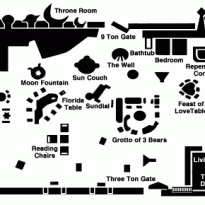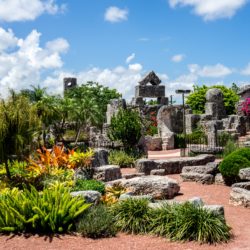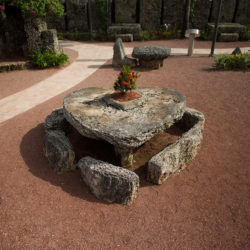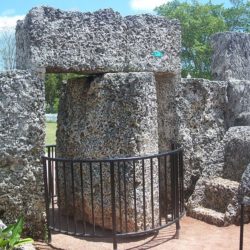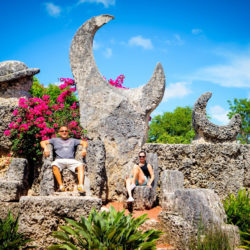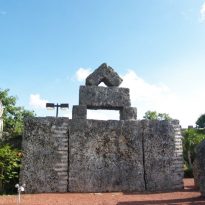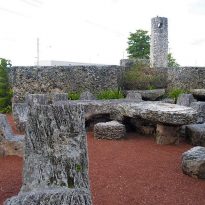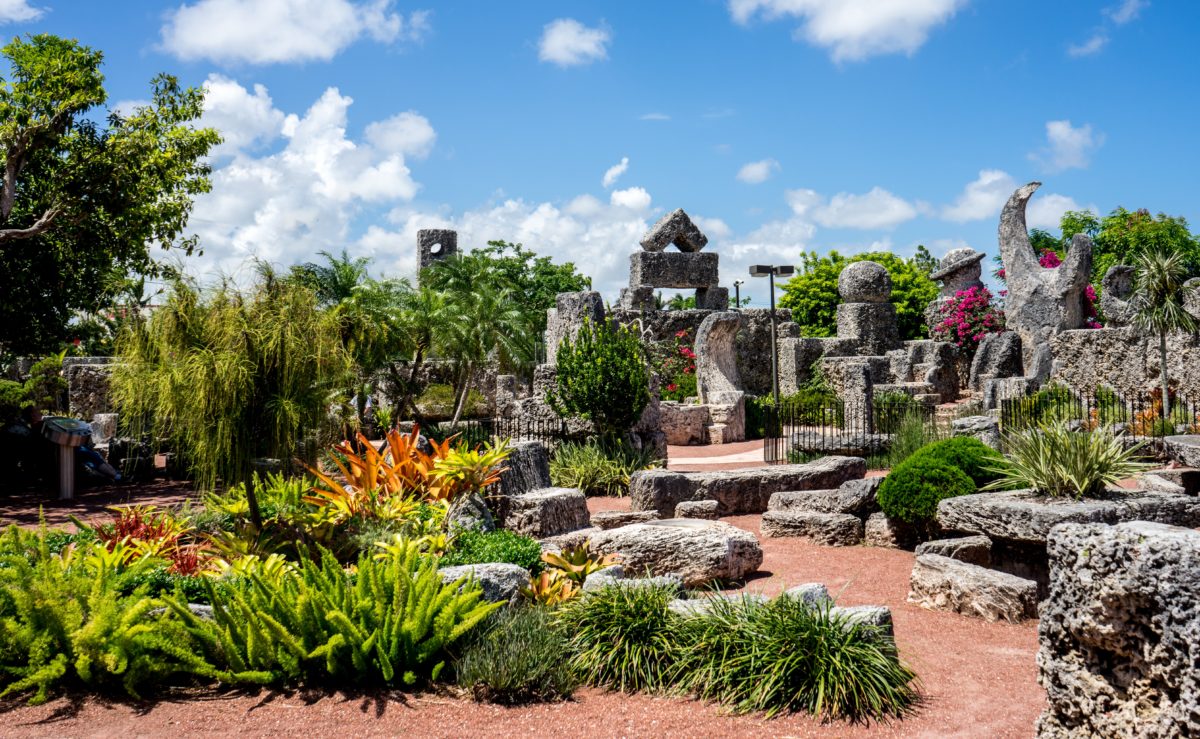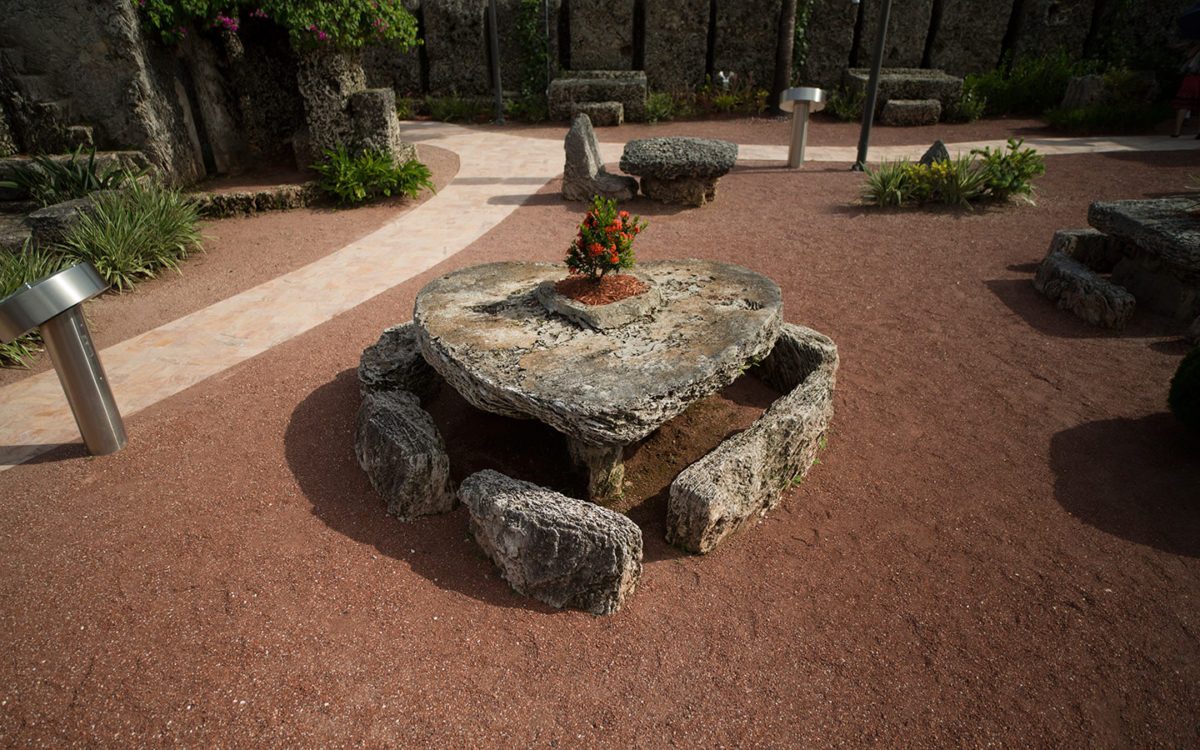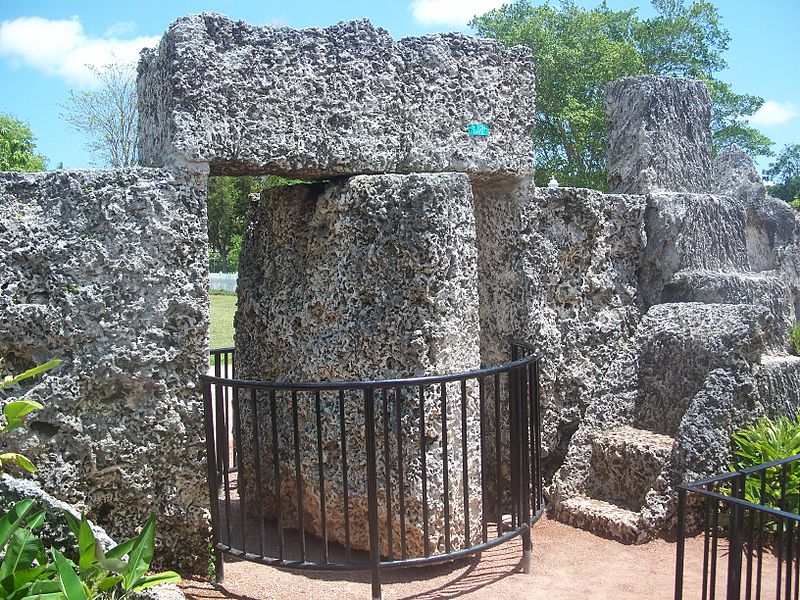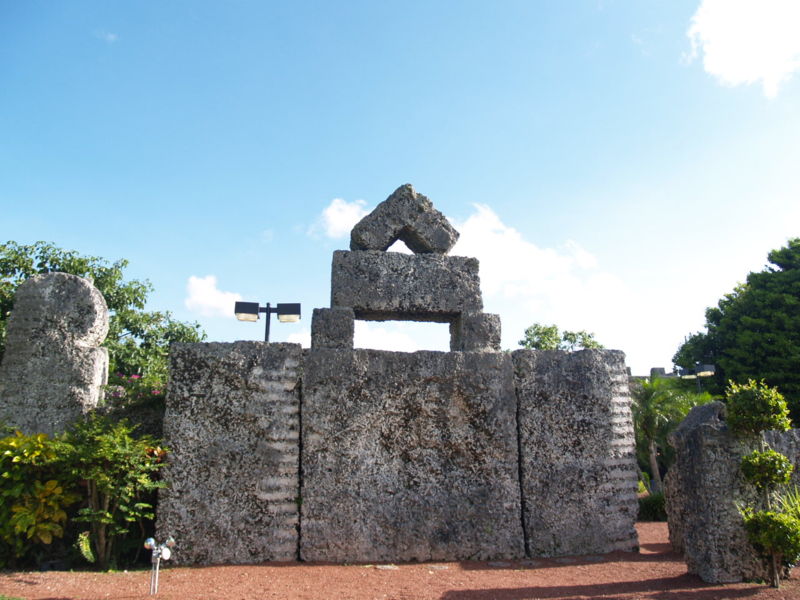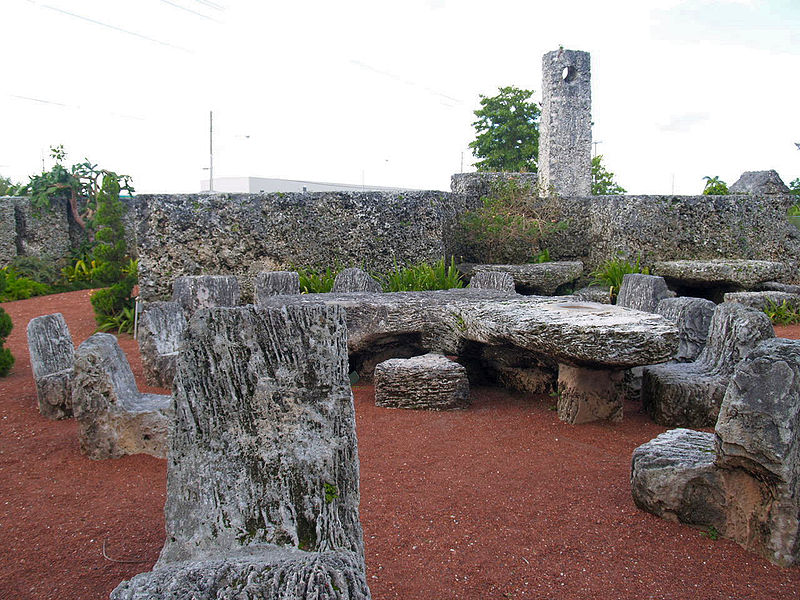Coral Castle
Introduction
Coral Castle, also called the Coral Castle Museum and Rock Gate Park, is a stone structure sculpted by Latvian emigrant, Edward Leedskalnin. The structure is comprised of numerous megalithic stones (mostly limestone formed from coral), weighing on average about 15 tons. The property currently operates as a privately-owned museum, selling tours to the public and hosting other private events.
Situation
Rock Gate Park, as Edward Leedskalnin called the place, began construction originally in Florida City around 1923. In 1936, Edward began a three year move of his structure about 10 miles (16 km) north to its current location in Homestead, Florida, at the intersection of U.S. 1 (South Dixie Highway) and Southwest 157th Ave. He continued its construction in the new location until his death in 1951.
Concept
Leedskalnin, who was the sole architect and builder for his design, often said that he had build the castle for his “Sweet Sixteen.” It is widely believed that he was referring to his 16-year-old fiancée, who left him one day before they were to be married in Latvia. The structure is remarkable due to the enormous weight of its stone components, and the fact that it was assembled by a single man using only primitive tools and a fourth grade Latvian education.
Spaces
The structure is assembled similar to Medieval castles of Europe. There is a 7.6 m wall that surrounds the property, and a two story tower near one corner, where Leedskalnin lived. Inside the castle walls are many other sculptures that Leedskalnin created, including an accurate sundial, a Polaris telescope, an obelisk, a barbecue, a water well, a fountain, a model of celestial stars and planets, and many pieces of furniture.
The furniture the Leedskalnin carved includes a heart-shaped table, a table in the shape of Florida, twenty-five rocking chairs, chairs resembling crescent moons, a bathtub, beds and a royal throne.
In one of the walls is the most famous structure of the castle, a 9 ton revolving rock gate that fits within a quarter of an inch of the walls on both sides. It was originally so well-balanced that a child could open it with the push of a single finger. It was discovered, in 1986, when the gate stopped working, that Leedskalnin had drilled a hole from top to bottom in the rock with no electric tools and inserted a metal shaft. The rock rested on an old truck bearing that had rusted out, and needed to be replaced. The gate failed again in 2005 and was subsequently repaired, but neither repair has fixed the gate to rotate with the same ease it once did.
Structure
Coral Castle is comprised principally of limestone, also called coral rock. Leedskalnin excavated this material from his Florida City and Homestead properties in order to build his sculptures, and the walls and tower of the castle.
Materials
The castle is not painted; and the stones are fastened together without any mortar, with only their immense weight holding the stones together. However, the work is so skillful that no light passes through the joints; and the Category 5 Hurricane Andrew, which passed over the property in 1992, did not disturb the position of the stones.
Construction
There is some mystery in how the castle was created, as much of the work was done in private or at night. Though photographs of the builder at work show Leedskalnin using tripods equipped with pulleys and chains, some speculate that he may have discovered some unknown form of science. A few teenagers at the time reported that he had caused blocks to coral to move like hydrogen balloons, and Leedskalnin spoke of using something called a “perpetual motion holder”. However, such claims cannot been verified. One person, W.T. Wallington, has shown he can also produce feats of this nature using only simple tools, and it is guessed that a method similar to Wallington’s was used to construct the castle.
